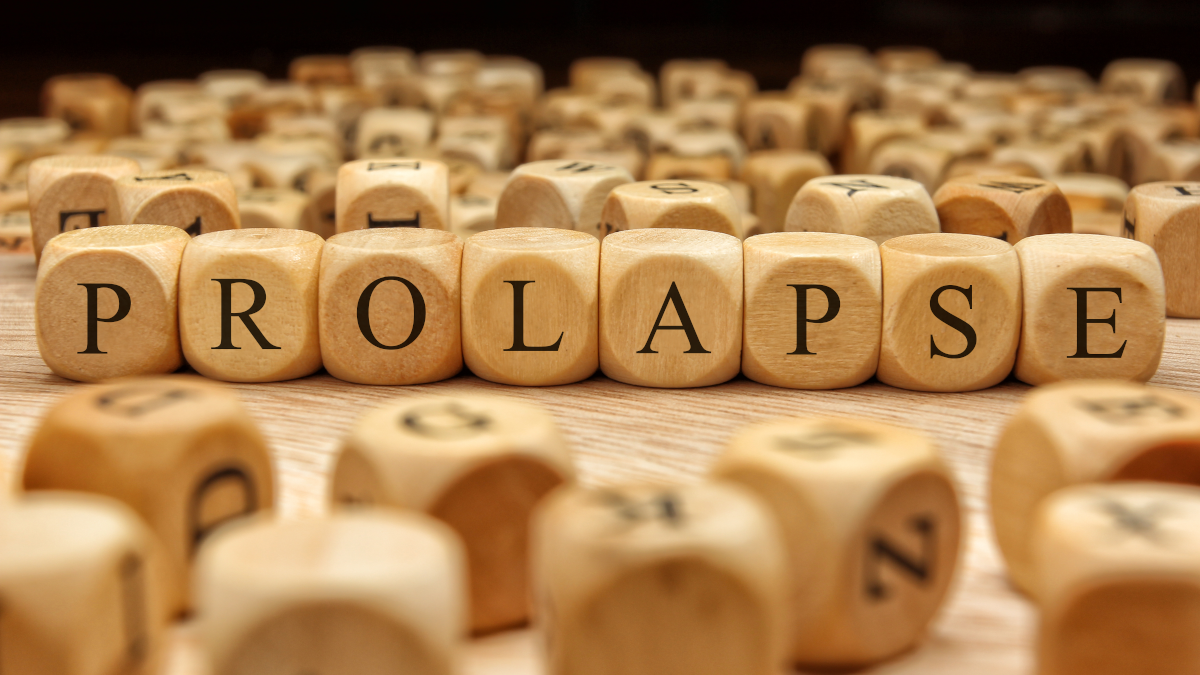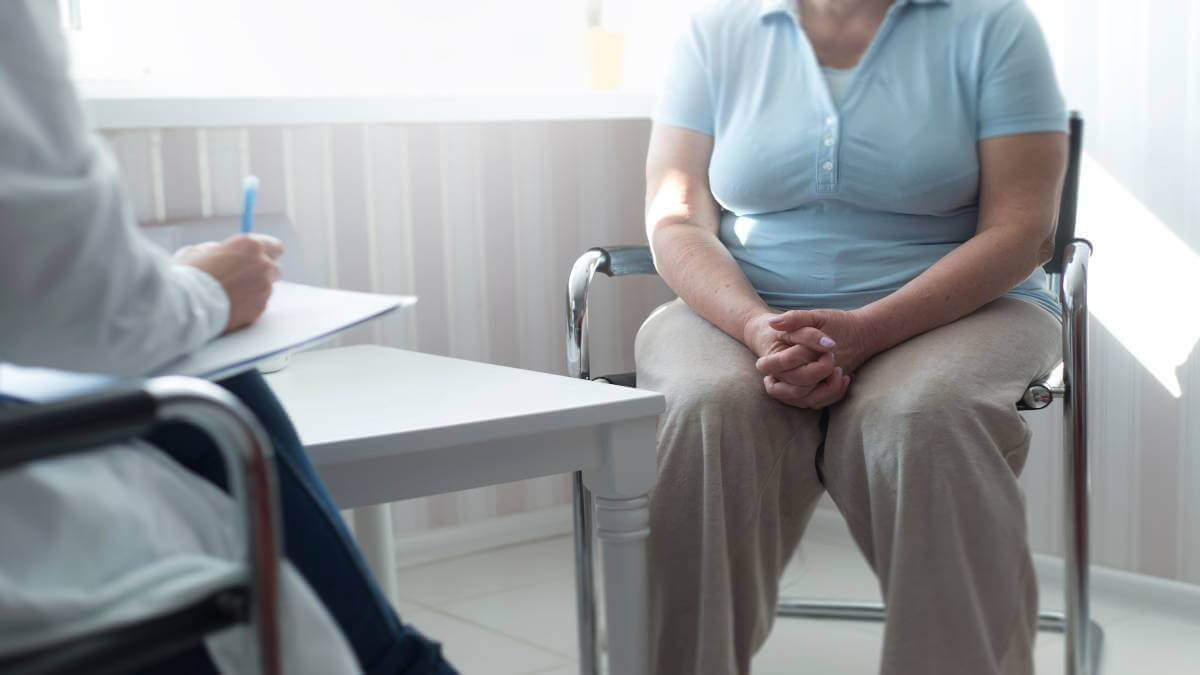These tumors are not cancerous but can cause sometimes bleeding, pain, and other uncomfortable symptoms.
They usually develop in women during the reproductive age, as the fibroids are dependant on hormones estrogen and progesterone secreted by ovaries but some women continue to experience them during and after menopause. Small fibroids may shrink after menopause as there is a decline in these hormones due to cessation of ovarian activity after menopause.
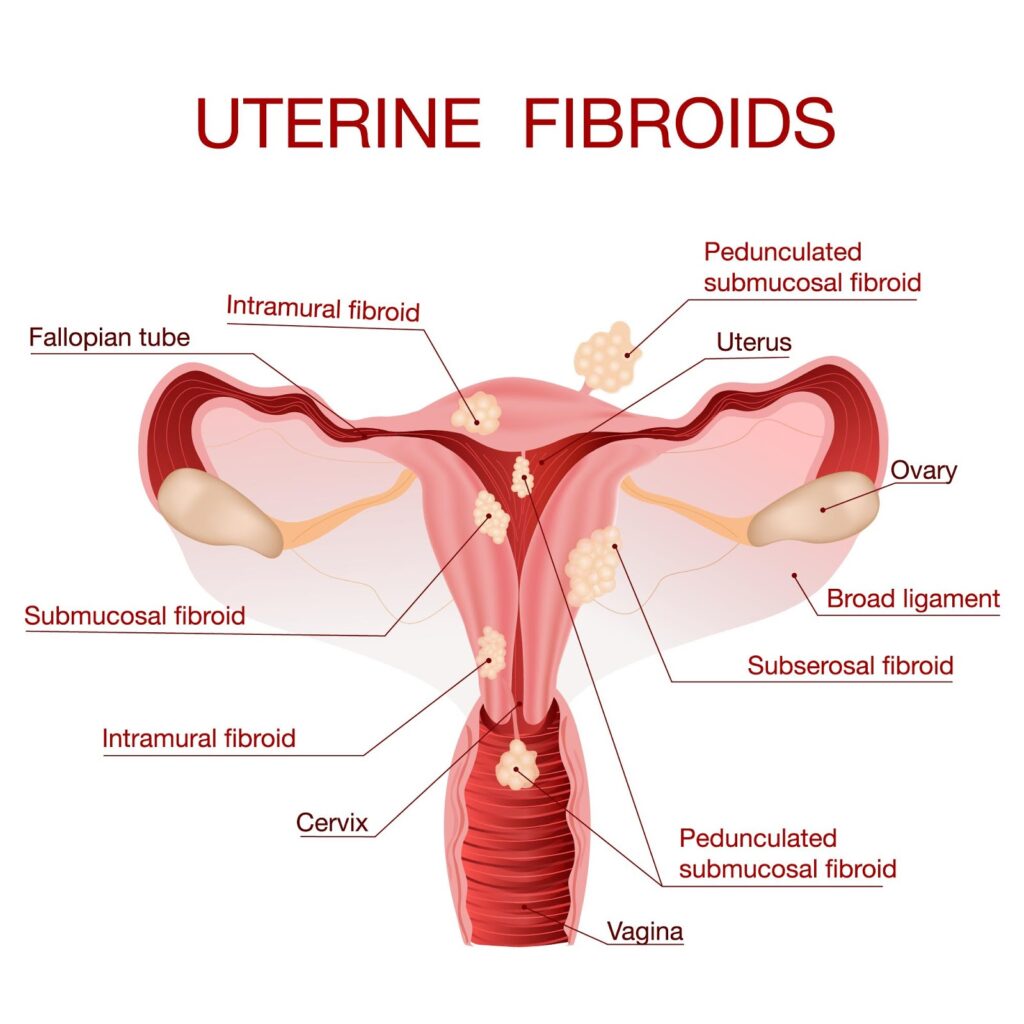
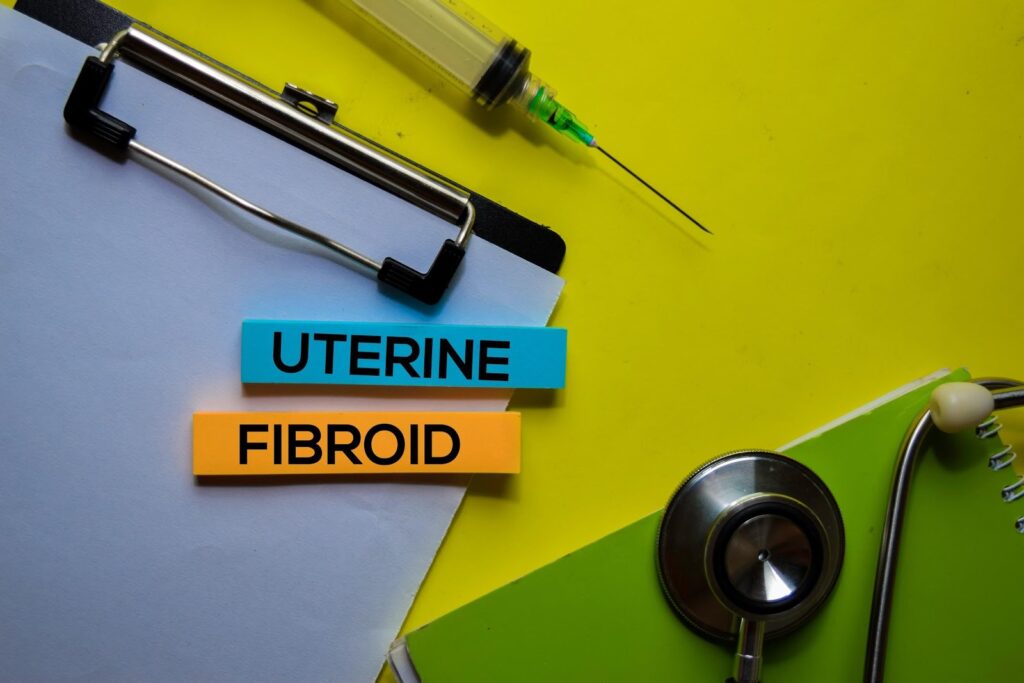
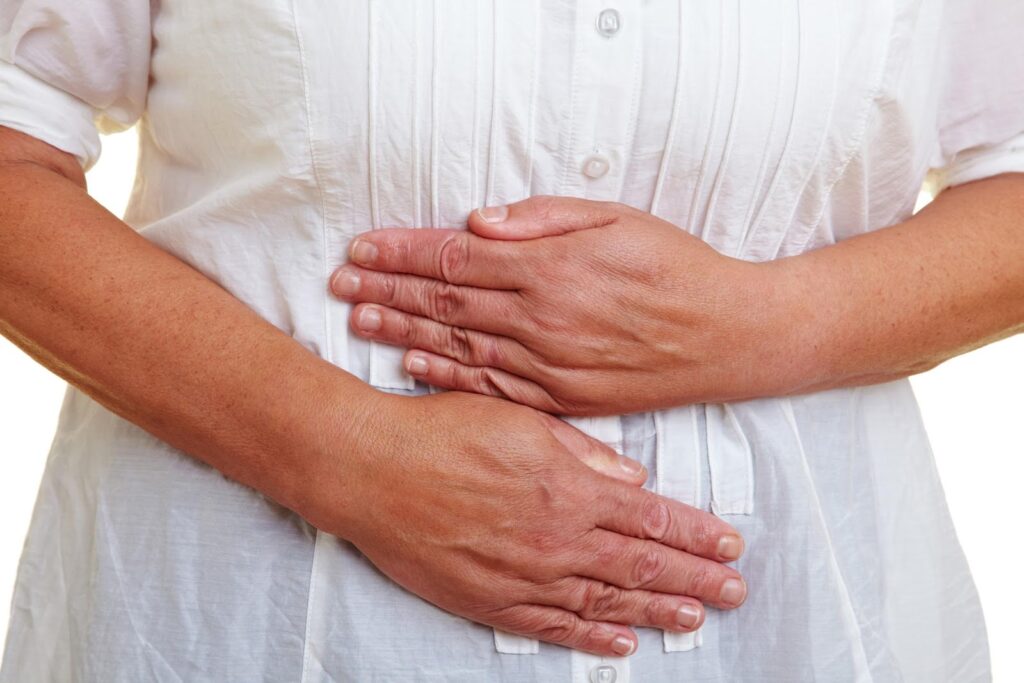
Some risk factors can increase the chance of developing fibroids. They include:
- High blood pressure
- Low vitamin D levels
- Family history of fibroids
- Obesity
- Women who never got pregnant
- Chronic, extreme stress
Symptoms
Fibroids can affect premenopausal and postmenopausal women in different ways. Generally, premenopausal women tend to have more severe symptoms. Some women may not experience any symptoms, and the health provider may detect fibroids only during a regular pelvic exam. However, a
few of the symptoms that women experience are:
- Heavy bleeding
- Frequent spotting
- A from the significant loss of blood
- Menstrual-like cramping
- Fullness in the lower belly
- Abdominal swelling
- Lower back pain
- Incontinence and frequent urination
- Pain during intercourse
- Fever
- Nausea
- Headaches
Can women develop cancer from these fibroids after menopause?
It carries a small risk of 0.27% of developing into cancer called sarcoma
How to treat uterine fibroids after menopause?
There are different ways to treat fibroids, as given below:
Hormonal therapies
- Birth control pills manage symptoms such as pain and excess bleeding. However, it does not shrink the fibroids or cause it to disappear.
- Research supports the use of both combination and progestin-only birth control pills for fibroids. Progestins can also minimize other symptoms of menopause and make hormone replacement therapies more effective.
- Other hormonal treatments to relieve pain and bleeding are progestin injections and intrauterine devices (IUDs) that contain progestins.
- There are newer drugs like aromatoze inhibitors, antiprogestins like mifepristone or ulipristal, and Gonadotrophin releasing hormone agonists used with limited success.
Myomectomy
Myomectomy is a surgery that targets fibroid removal from the uterus
- If the bulk of the fibroid is inside the uterine cavity, the surgery can be performed hysteroscopically, i.e., with the aid of a thin, lighted tube
- Sometimes, an incision may be necessary for the lower abdomen to remove the fibroids, though this is not a commonly used method.
- The surgery may also be done laparoscopically and is recommended for smaller fibroids.
Hysterectomy
For severe symptoms related to large, recurring fibroids, a hysterectomy may be the best option. In this type of surgery, all or some part of the uterus is removed.
Hysterectomies may be recommended for women who:
- Are close to menopause or are postmenopausal
- Have multiple fibroids
- Have very large fibroids
- Have tried many therapies, want the most definitive treatment
- Have no plans for childbearing in the future
Some other treatment options for uterine fibroids that are minimally invasive procedures include:
- Mylosis, where the fibroids and their blood vessels are destroyed with heat or electric current, like the Acessa procedure
- Magnetic resonance Guided Forced Ultrasound Surgery (MRgFUS), which uses high-energy, high-frequency sound waves to destroy the fibroids
- Endometrial ablation, which uses heat, an electric current, or hot water to destroy the uterine lining
- Uterine artery embolization, which cuts off blood supply to the fibroids
Conclusion
Uterine Fibroids, though more common in premenopausal women, can also develop during menopause and cause a lot of discomforts. Discuss with your doctor about ways to manage the fibroid symptoms and whether surgery is the right option for you. In some cases, fibroids that don’t cause any symptoms may not require any treatment at all.
Special Thanks to Dr. Milind R. Shah (MD, DGO, DFP, FICOG) for the expert advice.


